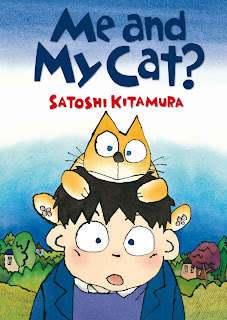General Information
Title: Street Rhymes Around the World
Author: Jane Yolen
Genre: Rhyme/Poetry
Publisher: Wordsong
Date of Publication: 1992
Illustrator: illustrated by 17 international artists
Lexile Level & Target Audience
Lexile: N/A; approx. 3rd grade level
Age Range: 6-9
Audience: boys and girls, variety of ethnicities (including: Mexican, English, German, Chinese, Danish, French, among others), variety of languages (see above)
Brief Summary
Street Rhymes Around the World is an incredible collection of rhymes from all around the world; each rhyme features its native language (along with an English translation) and illustrations that are reflective of that country (i.e. an artist from Israel created the illustrations for the Israeli rhymes included). Some of the countries included are: Brazil, Israel, Japan, Mexico, England, Greece, Denmark, Republic of Armenia, and The Netherlands.
Evaluation: Pros & Cons
Pros:
1. Incredibly diverse selection of countries. The ethnicities/countries represented in this book are refreshingly diverse; it goes beyond the typical countries often featured in American literature, including countries such as Israel, Republic of Russia, Greece, Republic of Zambia, Denmark, and the Republic of Armenia.
2. Native language before English. In each featured rhyme, the native language is shown before English––a wonderful representation of the fact that English is not the "more important" language.
Cons:
1. Un-parallel translation. In some cases, the English translation of the international rhyme doesn't have the same "ring" or "feel" to it––that is, in translation, it is difficult to convey meaning that is so specific to the native language. However, in my opinion, this book is still a wonderful tool to have in the classroom; the diversity it provides is superb.
Literary Elements
Repetition: Repetition is a major element in many of these rhymes; some examples include: "Let us go . . . Let us buy . . . Let us eat . . ," "Even when . . . Even when . . ," and "Little Ming, little Ming / Little little Ming Ming."
Text Structure: Each rhyme not from the U.S. is italicized for easier frame of reference/recognition.
Rhyme: Not all of the rhymes actually rhyme (at least not in their English translations), but many of them do. Some examples include: "Brow-bone / Eye-stone / Nose-bone" and "One, two, grow tall / Three, four, round as a ball / Five, six, reach up high / Seven, eight, don't scratch the sky."
Illustrations
As alluded to above, the illustrations are incredible; each page is vibrant with the colors and artistic representations of each country––this beautiful, distinct art is an absolutely perfect way for children to be introduced to different cultures.
Mini-lesson Idea(s)
Something wonderful about this book is its vivid representations of other cultures and countries outside of the U.S. Following this same idea of exploring other cultures, students could create a poem which represents/describes aspects of another culture/country; they would first need to do their research on this particular country (much like Yolen did). Students could then use the type of poem format that they feel would best help them describe their country (i.e. free verse, couplet, acrostic, haiku, etc.).
Cheers!
- Aubrey














